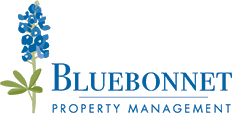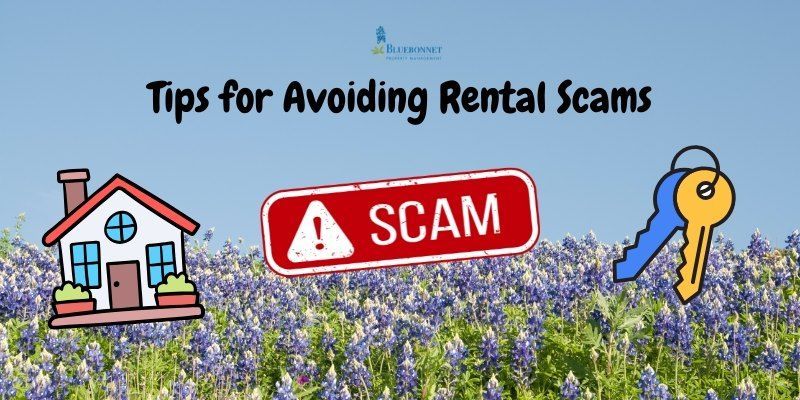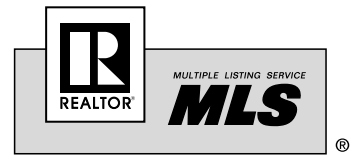Landlords: Share This Printable Move Out Cleaning Checklist With Your Tenants

In the fast-paced world of real estate rentals, time is of the essence, and maximizing efficiency is paramount for landlords. The printable move-out cleaning checklist for tenants emerges as a valuable ally, instrumental in simplifying and accelerating the transition process. Beyond its role in ensuring a seamless move-out, this checklist assumes additional significance by serving as a diagnostic tool for landlords. It equips property owners with a comprehensive overview of the property's condition, enabling them to swiftly identify any necessary repairs or maintenance. Simultaneously, tenants benefit from the checklist's transparency, gaining insights into whether their full security deposit will be returned. This harmonious exchange of information not only fosters trust but also streamlines the rental turnover process, ensuring that properties are ready for their next occupants without unnecessary delays. In the dynamic realm of real estate rentals, this tool proves indispensable, facilitating a swift and efficient transition for all parties involved.
Key Takeaways
- A move-out checklist documents the condition of the rental property upon a tenant's departure.
- Landlords benefit from a move out cleaning checklist by minimizing potential disputes with tenants and receiving the property in a clean condition.
- A move-out checklist can help identify any damage caused by the tenant, beyond normal wear and tear.
- Tenants benefit from a move out cleaning checklist by understanding the expected condition for a smooth security deposit return.
- Landlords may choose to use a general or detailed room-by-room move out cleaning checklist for tenants.
- A customizable printable move out cleaning checklist can include property-specific features provided by the landlord, such as appliances or outdoor amenities.
What Is a Move-Out Checklist for Tenants?
A move out cleaning checklist is a detailed record of the condition of various elements within a rental property when a tenant moves out. This comprehensive checklist serves as a guide, ensuring tenants complete necessary tasks before leaving the property, preventing potential issues such as forgetting to return keys or leaving trash containers unattended. Many landlords include a move out cleaning checklist for tenants as an addendum or rider to the lease agreement. When incorporated into the lease, both parties—landlord and tenant—must adhere to the instructions. In some cases, landlords may withhold part or all of a tenant's security deposit to cover items the tenant should have addressed, as stipulated by legal resources like Nolo.com.

Benefits of Using a Move-Out Checklist for Tenants
Several benefits accompany the use of a move out cleaning checklist for tenants, benefiting both landlords and tenants alike:
- Maintain Property Value: First and foremost, a move out cleaning checklist helps you maintain the value of your property. By setting clear expectations for cleanliness, you're ensuring that your property is returned in excellent condition, ready to welcome the next tenant. This proactive approach preserves your property's market value and attractiveness.
- Efficient Turnovers: Time is money in the real estate rental business. The quicker a tenant moves out, the sooner you can prepare the property for the next occupant. A move out checklist streamlines this process, making turnovers more efficient and cost-effective.
- Investment Protection: Your rental property is an investment, and safeguarding it is crucial. A move out cleaning checklist is a proactive measure that ensures your investment is well-maintained, protecting your financial future.
- Identifies Tenant-Caused Damage: It helps pinpoint damage caused by tenants beyond normal wear and tear, allowing landlords to allocate funds for repairs. By including this in the checklist, you can address issues promptly, preventing them from becoming more extensive and costly problems.
- Tenant Accountability: Tenants are more likely to take responsibility for their actions when they know what is expected of them. A move out checklist holds tenants accountable for the condition of the property upon their departure.
- Reduces Risk of Property Damage: Clear guidelines in the checklist help tenants understand what is expected in terms of property care. This understanding can reduce the risk of property damage, minimizing repair costs.
- Ensures Property Readiness: A clean property can be swiftly prepared for the next tenant, saving time and money.
- Provides Clarity for Repairs: Landlords gain insight into the extent of cleaning and repairs needed to make the property move-in ready.
Examples of a Move-Out Checklist
Landlords can choose from various approaches when providing tenants with move-out checklists. Some prefer a general checklist that offers an overview of expectations, similar to a cleaning checklist. Others opt for a more detailed room-by-room breakdown. Since each rental property is unique, landlords may customize move out cleaning checklists to address specific property features. For example, if the rental includes a refrigerator supplied by the landlord, the checklist may specify requirements such as removing all food, cleaning shelves and drawers, and defrosting the freezer.
General Move-Out Checklist for Tenants
Here's an example of a general move out cleaning checklist that landlords might use to guide tenants during the vacating process: Click to download, below.
Incorporating a move out cleaning checklist into your rental agreements ensures a smoother transition between tenants, reduces disputes, and helps maintain the overall quality and appeal of your rental property. Time is money in the rental business, and this checklist can help save both.
Conclusion
In conclusion, a move out cleaning checklist is an invaluable tool for landlords and tenants alike, fostering a cooperative and efficient rental experience. It serves as the linchpin in ensuring that the move-out process is not only efficient but also highly transparent, reducing the potential for disputes and benefiting all parties involved.
For landlords, this checklist isn't just a piece of paper; it's a strategic investment in property management. By providing tenants with a clear set of guidelines and expectations, landlords can uphold the quality and condition of their properties, setting the stage for smooth transitions between occupants. This proactive approach not only safeguards the property's integrity but also helps landlords save both time and money in the long run.
Moreover, the benefits extend to tenants as well. A well-structured move-out checklist empowers tenants with the knowledge they need to prepare the property properly, ensuring a smooth return of their security deposit. It eliminates ambiguity, allowing tenants to meet the property's condition requirements confidently.
This collaborative effort ultimately results in a rental experience that is not only efficient but also enjoyable for everyone involved. So, landlords, embrace the opportunity to share this printable move out cleaning checklist with your tenants. By doing so, you're not only promoting transparency and accountability but also enhancing the overall quality of your landlord-tenant relationships. This simple tool can transform the often-stressful move-out process into a seamless and mutually beneficial experience for all.
Additional Tips for Landlords
As a landlord, your responsibilities extend beyond move-out checklists. Here are some additional tips to consider:
1. Regular Maintenance
Ensure your property undergoes regular maintenance to address wear and tear issues promptly. This proactive approach can help prevent more extensive repairs later on.
2. Tenant Communication
Maintain open communication with your tenants throughout their lease. Encourage them to report maintenance issues promptly to prevent them from escalating.
3. Tenant Screening
Screen potential tenants thoroughly to find individuals who will take good care of your property. A thorough screening process can help minimize property damage.
4. Legal Compliance
Stay up-to-date with local landlord regulations and ensure your lease agreements are legally sound. Compliance is crucial to avoid legal issues down the line.








